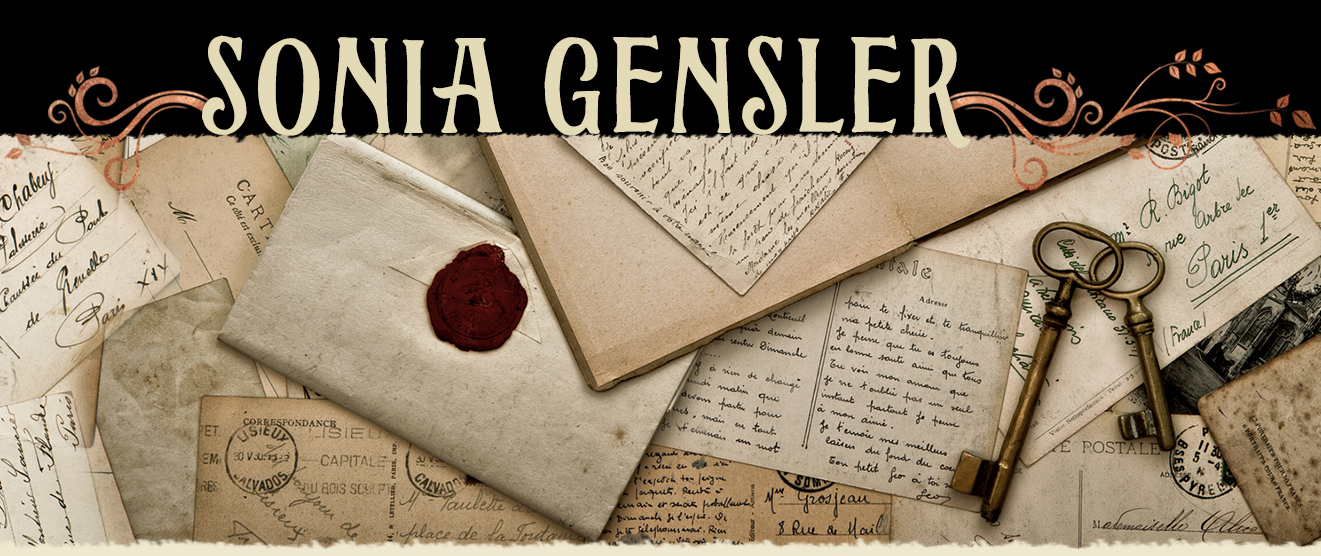On to the story . . . last week I had to get a crown repaired. They told me in advance that it would take TWO AND A HALF HOURS. Thus, when the dental assistant offered “the gas” I said yes, because how else would I get through the boredom and discomfort?** I knew from experience that nitrous oxide would make the whole dreary business of crown repair much more . . . interesting.
And it did. For some reason (and maybe it’s this way for everyone), nitrous makes me very thinky. I have great epiphanies that inspire me to compose mental essays as my dentist drills away. Mental essays WITH FOOTNOTES (I kid you not). When Dr. W came in and asked how I was feeling, I enthusiastically shared my tendency to think “great thoughts” while on nitrous. She responded with the following anecdote (which really must be a standard dentist joke):
“One time a patient on nitrous said that I’d ‘touched her soul’ — I told her I didn’t think I’d drilled that far.”
Hee!
**We all know nitrous oxide is more for anxiety than boredom. I was anxious, too!
Anyway, it all reminded me of a very favorite book of mine — Deborah Blum’s Ghost Hunters: William James and the Search for Scientific Proof of Life After Death, a book that inspired characters and conflicts in my novel, The Dark Between (forthcoming August 27). If you ever get around to reading my next book, please know that Frederic Stanton, father to main character Kate Poole, is very closely modeled upon Edmund Gurney (featured below).
I blogged the following nearly five years ago after first reading Blum’s book, and with the release of The Dark Between only three months away, it seemed fitting to share it again:
October 14, 2008
This weekend I read Ghost Hunters: William James and the Search for Scientific Proof of Life After Death, an excellent book about 19th century scientists who pioneered investigations into paranormal phenomena. The author, Deborah Blum, is a Pulitzer Prize winning science journalist who teaches at University of Wisconsin. Her writing is vivid and entertaining. I laughed aloud at the opening of chapter 5 and just had to share it with you:
[A little background: one of William James’ esteemed colleagues was Edmund Gurney, first secretary of the Society for Psychical Research and top-billed author of Phantasms of the Living, which attempted to systematically collect and categorize data on telepathy and crisis apparitions.]
Suddenly, in a shock of glorious insight, Edmund Gurney realized the truth about immortality. The moment was breathtaking, luminous. He alone had solved the infinite puzzle, seen the path to eternal life.
 |
| Edmund Gurney |
Unfortunately, as he complained to William James, that gleaming certainty melted like ice in a thaw — about the time the nitrous oxide he’d received at the dentist’s office wore off. “I was only waiting for breath & energy to inform the lucky dentist, when it somehow lapsed.” Still, even leaving the office, Gurney had felt sure that he could write a brilliant journal article. By the time he got home, the brilliance had worn off, but Gurney still thought he might write James a letter filled with useful insights. “Then the evening came & somehow the letter did not seem as if it would have much in it and didn’t get written.”
Oh, those transient moments of narcotic genius. (105)
Okay, that’s just funny in itself. But it particularly resonated with me because I had a very similar experience.
I’d taken a half day off from teaching to go to the dentist for a crown. [Note: the very same crown being repaired above in 2013.] I was assured that I’d be fine to teach in the afternoon. Well! That hygienist must have turned up the gas a little too high because I wasn’t just happy — I was flying. Soaring to a higher plane of existence! I specifically remember thinking “Now I understand everything.” And I had all sorts of amazing insights to share with my students — I just couldn’t WAIT to tell them. But as I was leaving the dentist all those brilliant thoughts began to fade. It suddenly seemed inappropriate to tell a group of teens that I’d had a drug-induced epiphany Samuel Coleridge would have envied, especially since I couldn’t remember the exact details of the epiphany. By the time I got back in the classroom I felt deflated and a little sick. And I had no wisdom to offer the kids except a warning not to provoke me because the entire left side of my face hurt and I was on a very short fuse.
And that, folks, was my very own experience with transient narcotic genius. To this day when reading that passage about Edmund Gurney, I feel so connected to his euphoria and sympathetic to his subsequent confusion and sense of loss.
I guess that’s why I was inspired to create my own versions of these people–versions of Edmund Gurney and his circle, but more specifically, their children–because I think we can all relate to this urgent desire for clarity and transcendence. The desire not only to lift the veil and see beyond, but to put that experience into words that change others. This definitely is a recurring theme in The Dark Between.
But Gurney’s story also just makes me laugh, and that’s why I had to share it again today.
Happy weekend!




